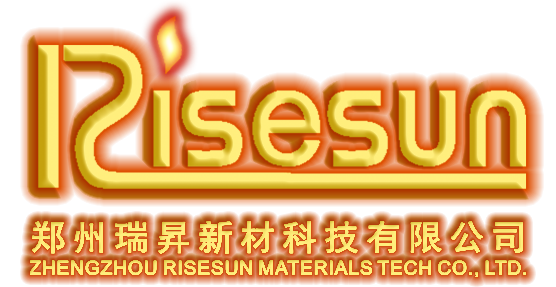20
2025
-
06
Understanding Quality SiC Heating Elements: A Guide to Efficiency and Performance
Silicon carbide (SiC) heating elements are increasingly recognized for their exceptional performance in electric heating applications. These components are engineered to operate at high temperatures while maintaining efficiency and durability. Understanding the characteristics and benefits of quality SiC heating elements can greatly benefit industries that rely on effective heating solutions. One
Silicon carbide (SiC) heating elements are increasingly recognized for their exceptional performance in electric heating applications. These components are engineered to operate at high temperatures while maintaining efficiency and durability. Understanding the characteristics and benefits of quality SiC heating elements can greatly benefit industries that rely on effective heating solutions.
One of the most significant advantages of quality SiC heating elements is their ability to withstand extreme temperatures, often exceeding 1,600 degrees Celsius (2,912 degrees Fahrenheit). This makes them ideal for applications in furnaces, kilns, and other high-temperature environments. Unlike traditional heating elements, SiC elements have a high thermal conductivity, which allows for rapid heating and efficient energy use. Consequently, industries can reduce energy consumption while achieving faster heating times.
Another notable feature of quality SiC heating elements is their resistance to oxidation and thermal shock. This durability means that they can perform effectively over extended periods, reducing the need for frequent replacements and maintenance. In industries such as ceramics, metals, and glass manufacturing, where heating elements are subjected to constant thermal cycling, the reliability of SiC elements can lead to significant operational cost savings.
In addition to their high-temperature capabilities and durability, quality SiC heating elements are also known for their uniform heating properties. This characteristic helps to minimize hot and cold spots, ensuring that materials are heated evenly. In processes where precision is crucial, such as in semiconductor manufacturing or material testing, uniform heating can lead to better product quality and consistency.
When selecting quality SiC heating elements, several factors should be considered to maximize performance. These include the element's watt density, size, and the specific application requirements. Understanding the operational environment, including ambient temperature and exposure to chemicals, is also critical in ensuring that the heating elements perform optimally.
Moreover, the choice of quality SiC heating elements can influence the overall efficiency of heating systems. By incorporating these elements into electric heating applications, industries can achieve higher performance levels while minimizing downtime and maintenance costs. As technological advancements continue to evolve, the demand for high-quality SiC heating solutions is likely to grow.
In conclusion, quality SiC heating elements are invaluable components in modern electric heating applications. Their ability to withstand high temperatures, resist oxidation, and provide uniform heating makes them suitable for a diverse range of industrial applications. By understanding the benefits and characteristics of these heating elements, businesses can make informed decisions, leading to improved efficiency and operational success.
One of the most significant advantages of quality SiC heating elements is their ability to withstand extreme temperatures, often exceeding 1,600 degrees Celsius (2,912 degrees Fahrenheit). This makes them ideal for applications in furnaces, kilns, and other high-temperature environments. Unlike traditional heating elements, SiC elements have a high thermal conductivity, which allows for rapid heating and efficient energy use. Consequently, industries can reduce energy consumption while achieving faster heating times.
Another notable feature of quality SiC heating elements is their resistance to oxidation and thermal shock. This durability means that they can perform effectively over extended periods, reducing the need for frequent replacements and maintenance. In industries such as ceramics, metals, and glass manufacturing, where heating elements are subjected to constant thermal cycling, the reliability of SiC elements can lead to significant operational cost savings.
In addition to their high-temperature capabilities and durability, quality SiC heating elements are also known for their uniform heating properties. This characteristic helps to minimize hot and cold spots, ensuring that materials are heated evenly. In processes where precision is crucial, such as in semiconductor manufacturing or material testing, uniform heating can lead to better product quality and consistency.
When selecting quality SiC heating elements, several factors should be considered to maximize performance. These include the element's watt density, size, and the specific application requirements. Understanding the operational environment, including ambient temperature and exposure to chemicals, is also critical in ensuring that the heating elements perform optimally.
Moreover, the choice of quality SiC heating elements can influence the overall efficiency of heating systems. By incorporating these elements into electric heating applications, industries can achieve higher performance levels while minimizing downtime and maintenance costs. As technological advancements continue to evolve, the demand for high-quality SiC heating solutions is likely to grow.
In conclusion, quality SiC heating elements are invaluable components in modern electric heating applications. Their ability to withstand high temperatures, resist oxidation, and provide uniform heating makes them suitable for a diverse range of industrial applications. By understanding the benefits and characteristics of these heating elements, businesses can make informed decisions, leading to improved efficiency and operational success.



